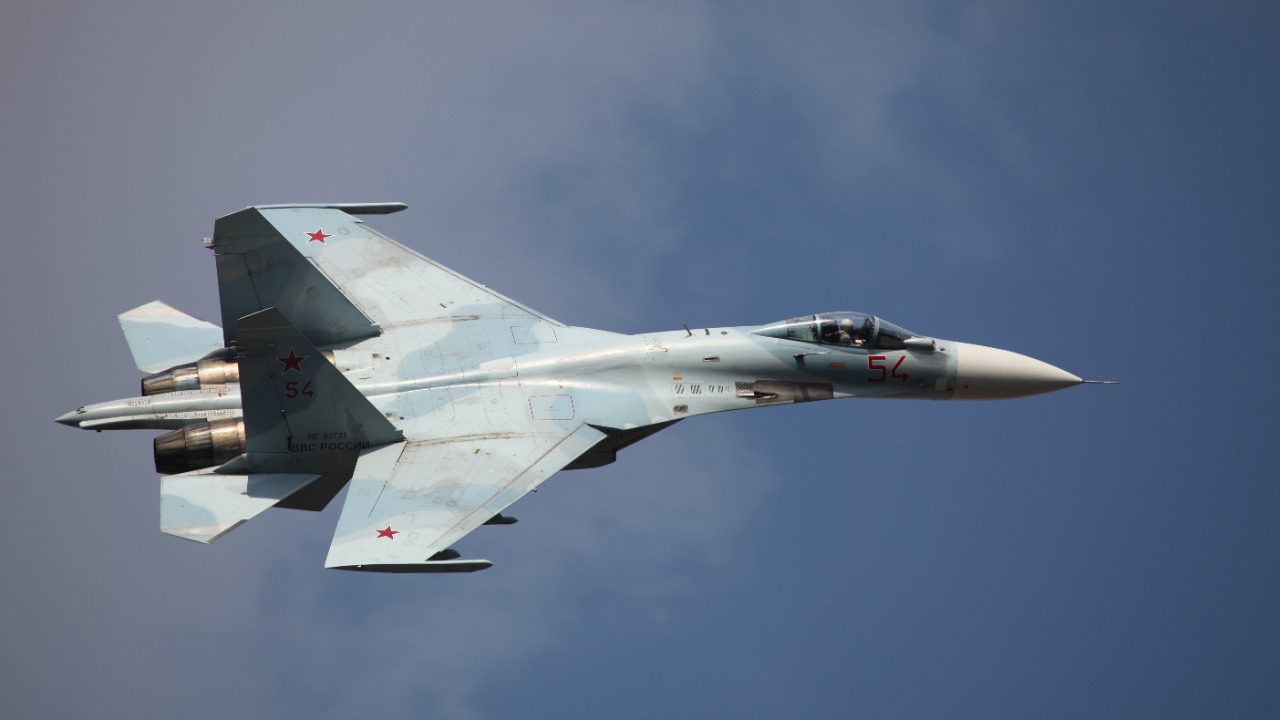
Russia’s aviation industry has long been known for its advanced fighter jet technology, and recent developments suggest a continued push in this area. With new models being introduced and existing ones receiving upgrades, these jets are designed to enhance Russia’s air superiority while remaining somewhat under the radar.
Here, let’s delve into the latest advancements in Russia’s fighter jet programs and their implications for global military dynamics.
The Evolution of Russian Fighter Jets
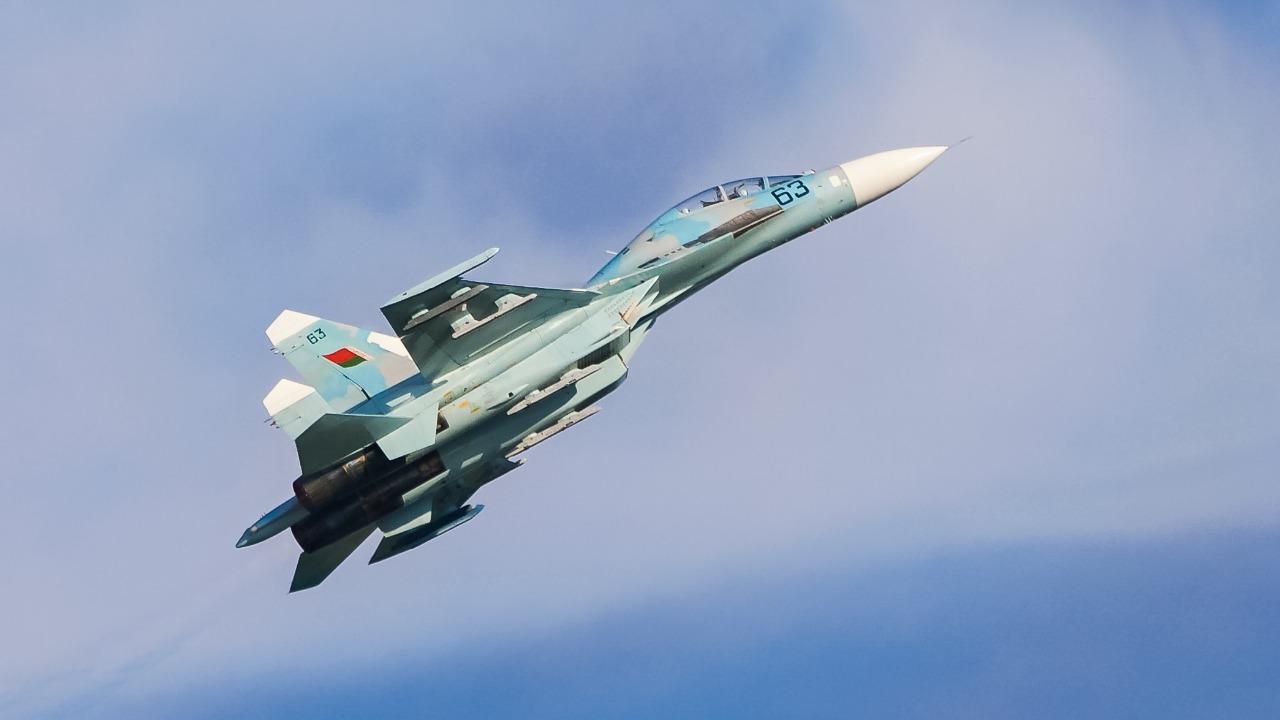
Russia’s legacy in aviation is both storied and complex, dating back to the early 20th century. Historical successes, such as the MiG-21 and the Su-27, have cemented Russia’s reputation as a powerhouse in fighter jet design and production. These aircraft not only served the Soviet Union effectively during the Cold War but also found their way into the arsenals of numerous countries worldwide, showcasing their reliability and combat effectiveness.
In recent years, Russia has made significant strides in technological advancements, particularly in stealth and avionics. Newer models like the Su-57 incorporate cutting-edge stealth features that make them less detectable by radar, a crucial attribute in modern warfare. The integration of advanced avionics enhances these jets’ maneuverability and operational capabilities. When compared to Western models like the F-16, Russian jets stand out for their rugged build and adaptability to various climatic conditions, though they often lag behind in certain aspects of electronic warfare and network-centric operations.
Strategic Implications for Global Military Balance
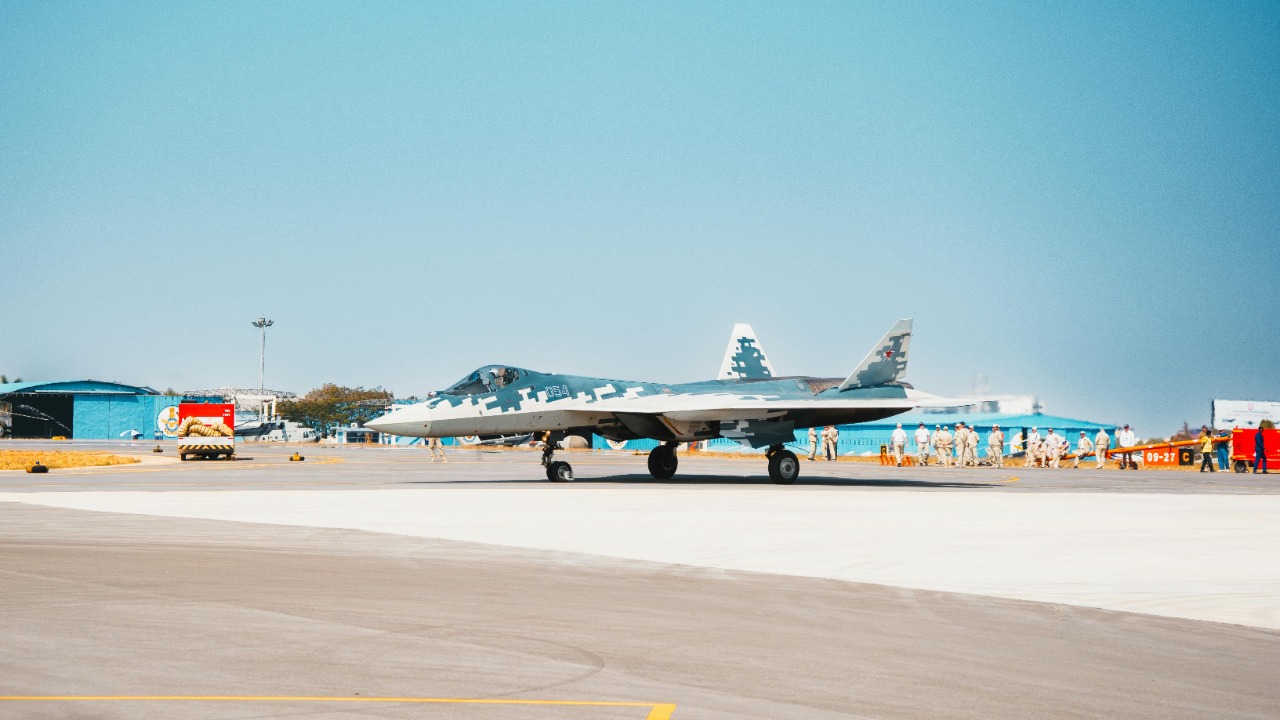
Russia’s development of advanced fighter jets is a critical component of its broader military strategy. These aircraft are not just about maintaining air superiority; they are integral to Russia’s efforts to project power and influence globally. By bolstering its air capabilities, Russia aims to deter NATO forces and create a more multipolar world order, challenging the unipolar dominance traditionally held by the United States and its allies.
The introduction of advanced Russian jets could potentially shift power dynamics within Europe and beyond. NATO may find itself compelled to upgrade its air fleets to counter these developments, potentially leading to an arms race scenario. Relations between Russia and the U.S. remain tense, with both nations wary of each other’s military advancements. This tension is further exacerbated by ongoing conflicts, such as in Ukraine, where air power plays a crucial role. For more insights, consider reading about the challenges of Russia’s non-strategic nuclear weapons.
Russia’s Push for International Deals
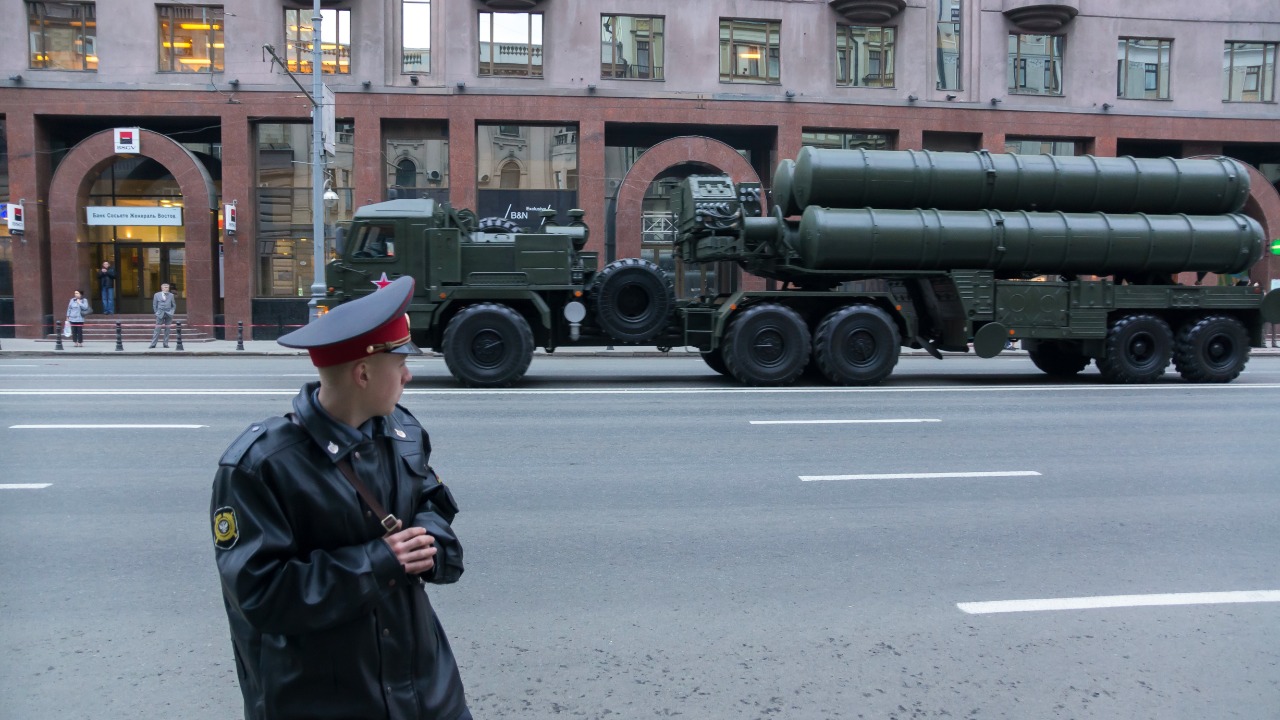
India has emerged as a key partner in Russia’s efforts to market its fighter jets internationally. Deals with India are not just about economic gain; they also hold strategic importance for both nations. Russia’s arms sales to India, including fighter jets, are a testament to their longstanding diplomatic and military ties. These deals also serve as a counterbalance to Western influence in the region. More insights can be found in this defense blog article on Russia’s jet deals with India.
Russia is also eyeing other potential buyers, employing various marketing strategies to entice nations interested in enhancing their air capabilities. However, economic and political challenges remain significant hurdles. Sanctions and geopolitical tensions can complicate negotiations, while domestic economic constraints may limit Russia’s ability to produce and export these sophisticated aircraft on a large scale. Notably, India’s acquisition of the S-400 system could potentially be its last major deal with Russia, as discussed in a Eurasian Times article.
Technological and Tactical Innovations

Russia’s advancements in radar and stealth technology are pivotal in enhancing the combat effectiveness of its fighter jets. These innovations allow Russian aircraft to operate more effectively in contested airspaces, reducing the likelihood of detection and increasing survivability. Moreover, new mission sets are being explored, particularly with jets like the Su-34, which is now being used for tactical reconnaissance. This expansion of roles allows for greater flexibility in operational planning and execution, as detailed in this Military Watch Magazine article.
Improving pilot performance and systems integration is also a focus for Russia. Training programs are being updated to ensure that pilots can fully exploit the capabilities of these advanced jets. The integration of new technologies requires sophisticated training and adaptation, ensuring that Russian pilots remain at the forefront of aerial combat.
Potential Countermeasures and Reactions
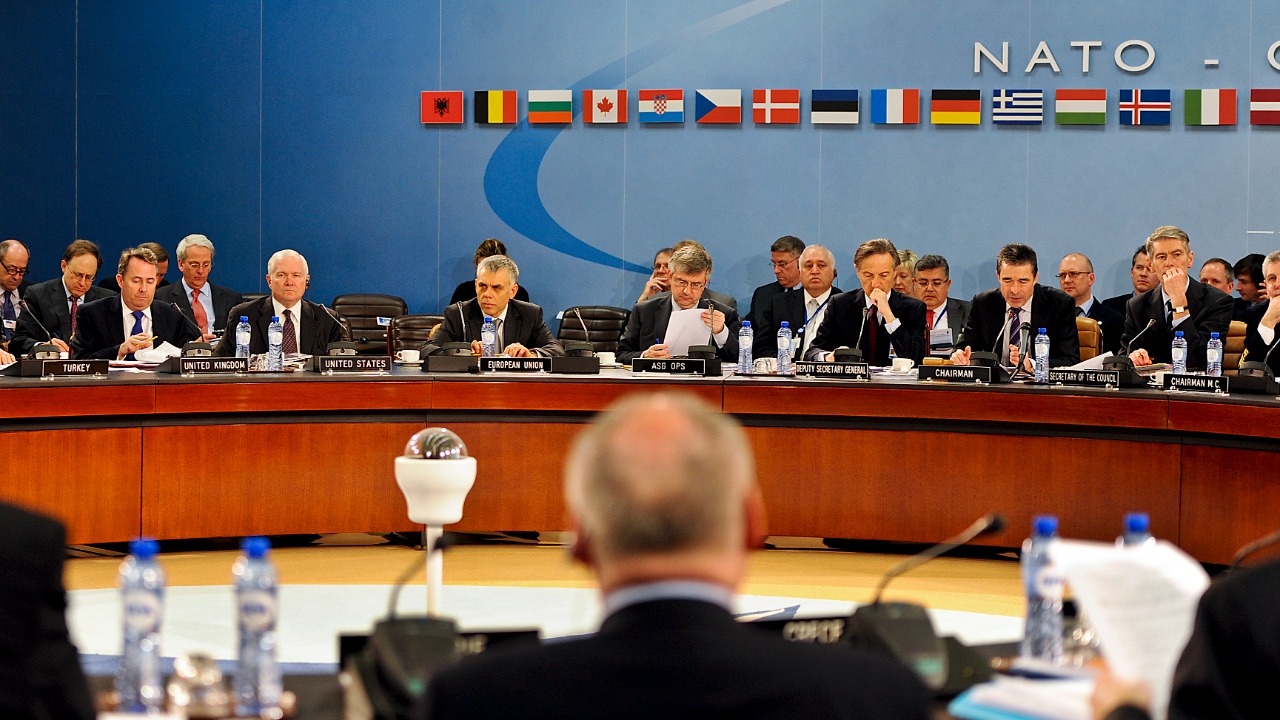
As Russia continues to advance its fighter jet capabilities, Western nations, particularly NATO members, are likely to respond with upgrades to their own air fleets. This could include the development of new aircraft or the enhancement of existing models to counter Russian advances. The potential for an arms race looms large, with both sides seeking to maintain a technological edge.
The ongoing conflict in Ukraine serves as a backdrop for these developments, with air power playing a crucial role in the conflict dynamics. The introduction of advanced Russian jets could impact the balance of power, prompting other nations to reassess their defense strategies. For a deeper understanding of the situation, you may explore this Newsweek article on Ukraine’s F-16 fighter jets and U.S. support.
Future Prospects and Challenges
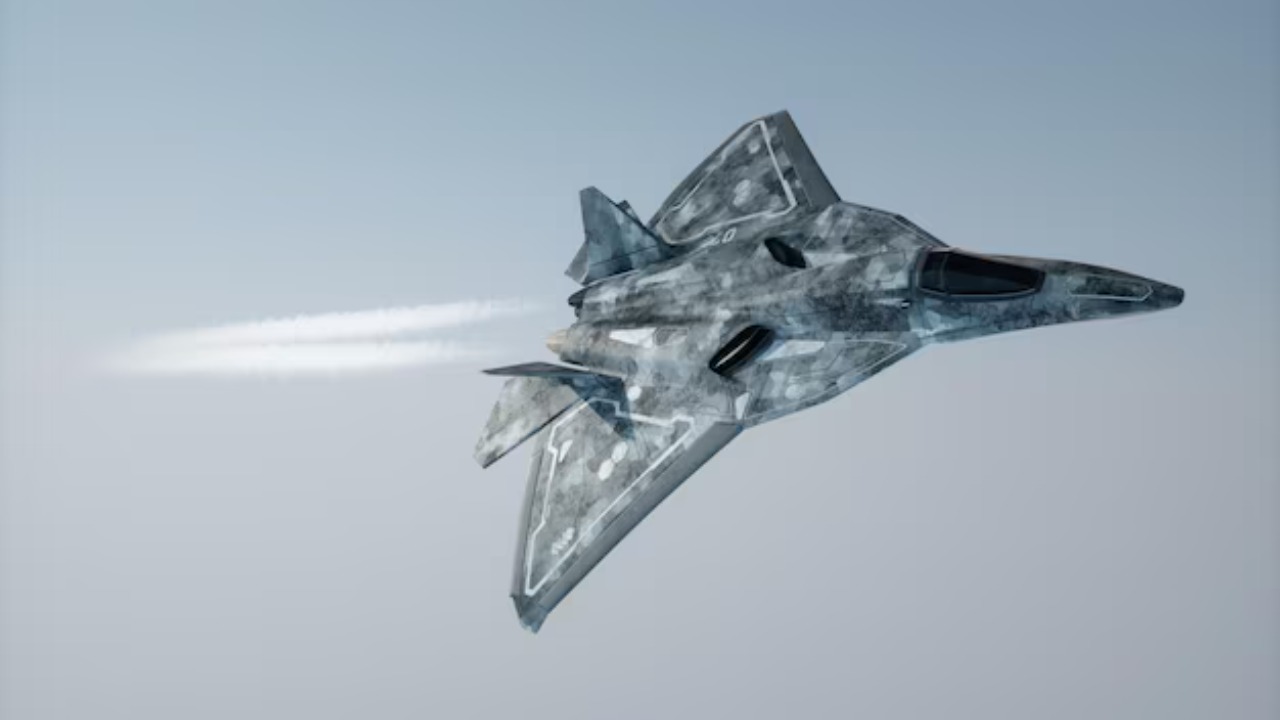
Developing and maintaining cutting-edge fighter technology is an expensive endeavor, and economic considerations will play a significant role in shaping the future of Russia’s fighter jet programs. The costs associated with research, development, and production are substantial, and Russia must balance these with other military and economic priorities.
Long-term sustainability also hinges on effective maintenance and logistics. Advanced fighter jets require sophisticated support systems to ensure they remain operational over their lifespan. Russia will need to invest in these elements to maintain its air forces’ effectiveness.
Political factors, both internal and external, could influence future developments in Russia’s fighter jet programs. Domestic pressures, such as economic constraints and public sentiment, may impact funding and strategic priorities. Externally, geopolitical tensions and diplomatic relations will continue to shape Russia’s military strategy and its place in the global arms market.